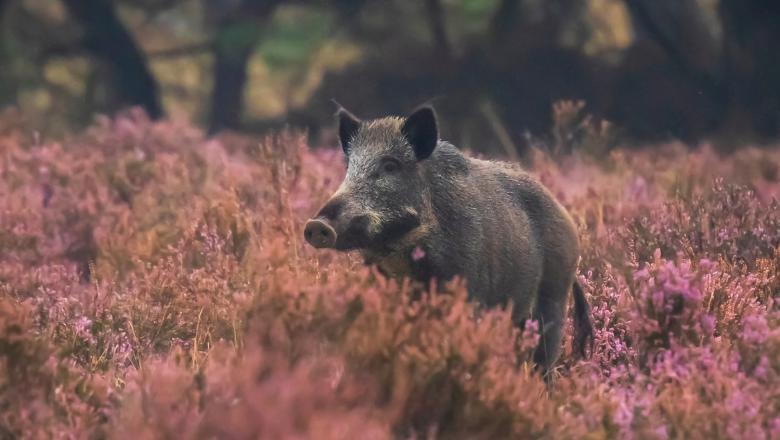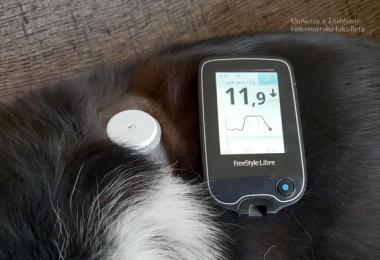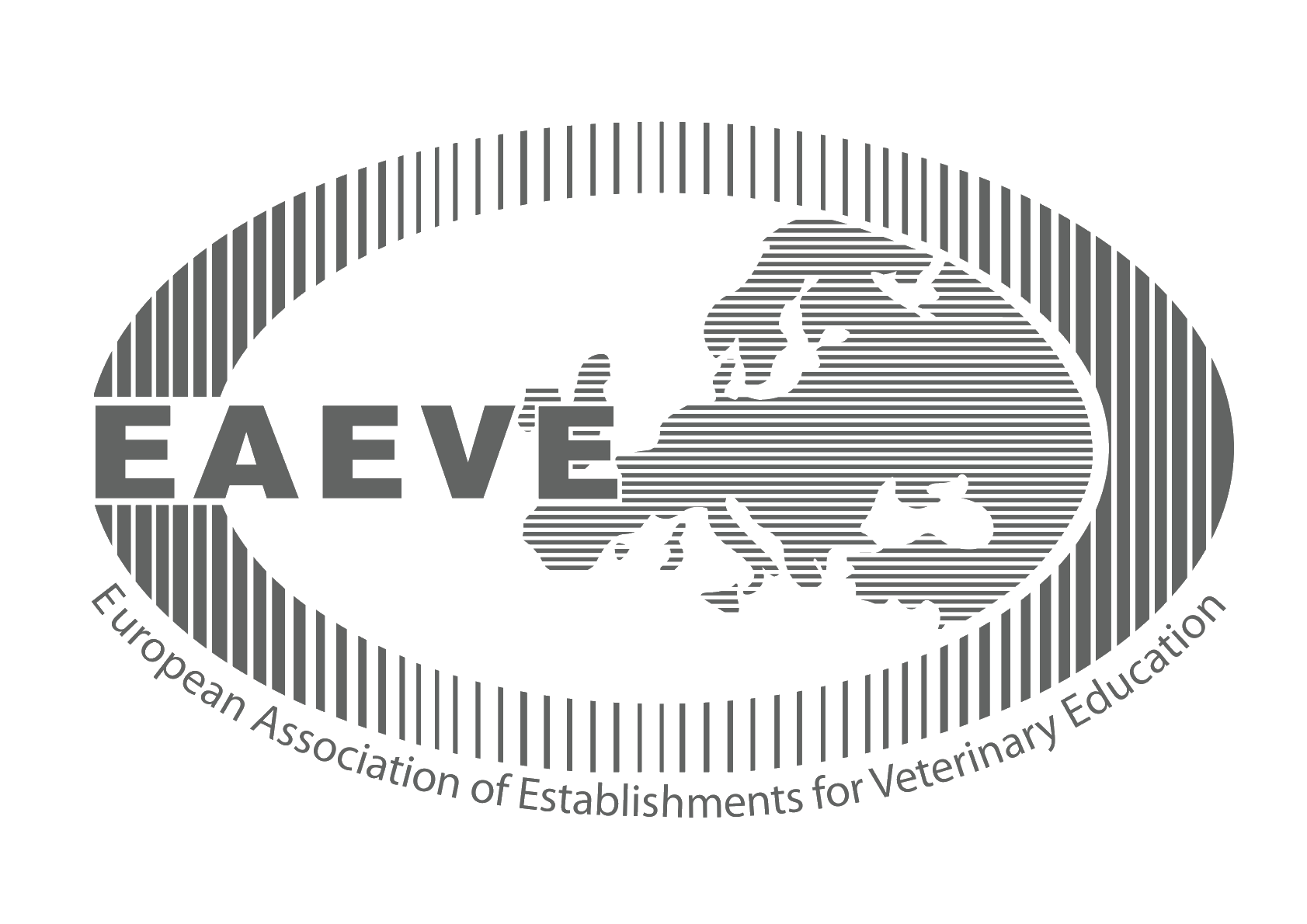Subscribe to our service announcements and helpful tips.
Influence of tannin dietary inclusion on boar salivary glands

Salivary gland adaptation to dietary inclusion of hydrolysable tannins in boars.
Tannins have traditionally been avoided in animal nutrition due to their anti-nutritive effects however, recent studies have reported beneficial antimutagenic, anticancerogenic, antidiarrheal and antiulcerogenic effects of tannins on animals. In a comprehensive study investigating the effect of dietary tannins in feed on boar taint in entire males, a significant enlargement of the parotid salivary gland (parotidomegaly) was observed. In contrast, mass of the mandibular glands showed no significant changes between the experimental groups. Pigs were divided into four groups: control group (T0) and three experimental groups fed with 1% (T1), 2% (T2) or 3% (T3) of tannins. In our study, we have performed a histological analysis of salivary glands to determine the morphological and immunohistochemical properties leading to parotidomegaly. We have observed the enlargement of acinar area and of the nucleus to cytoplasm ratio in the serous cells in T3 group. Moreover, we have observed a linear trend towards enlargement of lobular area, acinar area and the number of ducts per lobule in all three experimental groups. Additionally, by immunohistochemistry, using antibodies against acid and basic proline rich proteins (PRPs), we have shown significantly higher amounts of PRPs in parotid glands of pigs fed with high tannin concentrations (T3 group). Consistent with the effect of tannins on mandibular gland mass, we did not detect any significant morphological changes. Therefore, the results of our study demonstrate the importance of increased functional activity of the parotid salivary glands as the first and most important line of defence against high dietary tannin concentrations and their potential negative effects.
Authors: Maša Mavri, Marjeta Čandek-Potokar, Gregor Fazarinc, Martin Škrlep, Catrin S. Rutland, Božidar Potočnik, Nina Batorek-Lukač in Valentina Kubale.
Original article published in https://www.mdpi.com/2076-2615/12/17/2171/pdf?version=1661342653
Location
Gerbičeva 60
SI-1000 Ljubljana
Slovenija
Sample Reception
Samples are received at several locations throughout Slovenia. See where.
The veterinarian on duty
Emergency veterinary assistance for dogs and cats and a telephone number of constant readiness.
Library
A wide selection of domestic and foreign professional literature in the field of veterinary medicine and other sciences.
Main navigation
-
Education
- Informativni dan
- Why to become a veterinarian?
- Undergraduate Studies
- Postgraduate studies
- Pripravništvo
- Summer Schools
- Continuous education
- Professional Development
- International Activity
- Mednarodna dejavnost - Tuji študentje
- The Path to Creative Knowledge
- Tutoring
- Extracurricular Activities
- Career Centres
- Alumni
- Student organizations and societies
- Quality Assurance
- Clinics
- Diagnostics
- Dobrobit
- NVI
- Research
- About us
- Hub








